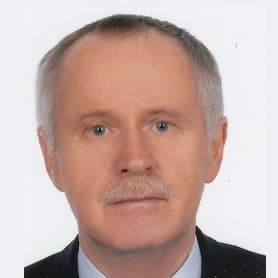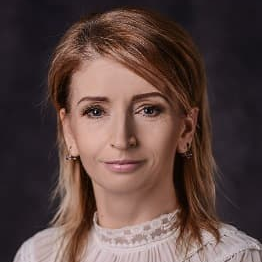Nonlinear Differential and Integral Equations and Their Infinite Systems
A special issue of Symmetry (ISSN 2073-8994). This special issue belongs to the section "Mathematics".
Deadline for manuscript submissions: 31 March 2025 | Viewed by 3501
Special Issue Editors
Interests: nonlinear functional analysis; ordinary differential equations; nonlinear integral equations
Interests: nonlinear functional analysis; ordinary differential equations; nonlinear integral equations
Special Issue Information
Dear Colleagues,
From the point of view of applications differential and integral equations form one of the most important subjects of mathematical sciences. Those equations are frequently applied in the description of numerous events of the real world and in modelling of several phenomena appearing in engineering, economics, physics, biology and other branches of exact and natural sciences. It is worth mentioning that the theory of integral equations creates a complement of the theory of differential equations and provides a lot of handy tools used in that theory. In the present Special Issue we focus on some qualitative aspects of both mentioned theories. The particular attention is paid to the properties of solutions of nonlinear differential and integral equations connected with behaviour of those solutions, such as stability and asymptotic stability of solutions and their behaviour at infinity. Moreover, we study the solutions of infinite systems of nonlinear differential and integral equations treating such systems as realizations of differential and integral equations in sequence Banach spaces. We consider mainly classical sequence spaces such as c0, c, l∞. We investigate properties of solutions of infinite systems of differential and integral equations defined on a finite interval as well as an infinite one. In the case of an infinite interval we can study the behaviour of solutions of infinite systems with respect to various compactness conditions in the mentioned sequence Banach spaces.This Special Issue will cover the symmetries appearing in the theory of nonlinear differential and integral equations such as example of the symmetry of behaviour of solutions of differential equations with respect to initial conditions, the symmetry of asymptotic behaviour of solutions in + ∞ and ─∞ and many other properties of solutions of equations in question. Possible topics include but are not limited to the following:
- Nonlinear differential equations and various properties of solutions of those equations;
- Stability and asymptotic stability of solutions of differential and integral equations;
- Existence of solutions of infinite systems of semilinear differential equations in connection of their nonlinear perturbations;
- Behaviour of solutions of infinite systems of integral equations in various sequence Banach spaces;
- Solutions of infinite systems of differential and integral equations and their behaviour with respect to different compactness conditions.
Prof. Dr. Józef Banaś
Dr. Agnieszka Chlebowicz
Prof. Dr. Beata Rzepka
Guest Editors
Manuscript Submission Information
Manuscripts should be submitted online at www.mdpi.com by registering and logging in to this website. Once you are registered, click here to go to the submission form. Manuscripts can be submitted until the deadline. All submissions that pass pre-check are peer-reviewed. Accepted papers will be published continuously in the journal (as soon as accepted) and will be listed together on the special issue website. Research articles, review articles as well as short communications are invited. For planned papers, a title and short abstract (about 100 words) can be sent to the Editorial Office for announcement on this website.
Submitted manuscripts should not have been published previously, nor be under consideration for publication elsewhere (except conference proceedings papers). All manuscripts are thoroughly refereed through a single-blind peer-review process. A guide for authors and other relevant information for submission of manuscripts is available on the Instructions for Authors page. Symmetry is an international peer-reviewed open access monthly journal published by MDPI.
Please visit the Instructions for Authors page before submitting a manuscript. The Article Processing Charge (APC) for publication in this open access journal is 2400 CHF (Swiss Francs). Submitted papers should be well formatted and use good English. Authors may use MDPI's English editing service prior to publication or during author revisions.
Keywords
- nonlinear differential equation
- nonlinear integral equation
- stability of solutions
- asymptotic stability of solutions
- asymptotic behaviour of solutions at infinity
- infinite system of nonlinear differential equations
- infinite system of nonlinear integral equations
- sequence Banach space
- compactness conditions







